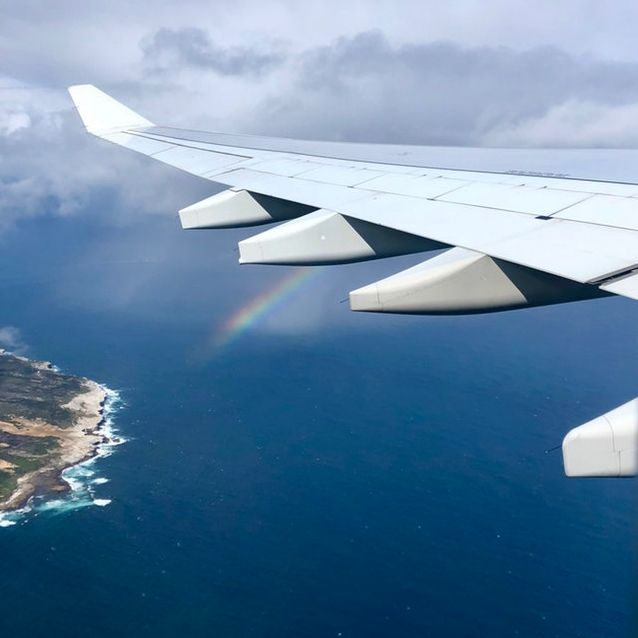In August 2010, the Transportation Security Administration (“TSA”) in conjunction with the U.S. Department of Homeland Security mandated 100% screening for all cargo shipments placed on U.S. origin air carriers. This screening mandate expanded by 2013 to include all imports with U.S. destinations. Jet Pro was eager to cooperate with TSA’s efforts to protect domestic and international air travel. At the time, TSA was focusing on X-ray scanners because they have always been the common and customary device for screening passengers, cargo, and baggage.
For our customers, and ultimately the consumer, we knew nobody would be in favor of ingesting radiated food. In fact, many of our “natural food” shippers would prefer not to have their organic or conventional items exposed to X-ray radiation. We, therefore, began to investigate and research screening technology that would provide both thorough and safe screening of perishable air cargo.
Our efforts were successful in that we found scanning equipment (although costly) that we determined was superior for the industry. The process is remarkable in that the scanning is conducted with a low-intensity magnetic field that does not interact with perishable foods. X-ray scanners typically use ionizing radiation to form a picture whereas our scanners use a magnetic field to search for metal compounds. Before putting the system to use, we invited TSA’s representatives to observe it in action and its overlying features in comparison to X-ray scanners. TSA was most impressed with the speed, accuracy, and ease in which our staff scans cargo before shipment; our state-of-the-art scanners were approved by TSA. This approval made us the first U.S. Air Freight & Distribution Company to provide TSA approved “food safe” screening. Today, we continue to use the scanners for all cargo screening, as it provides a safe food method of screening for all product.
During our scanning demonstration, the TSA’s agents were also impressed with our handling operations. We approved their request to use of our facility to assist in their training of field agents. This arrangement has allowed us to work closely with TSA in establishing complete screening protocols for those using scanners of our quality or others.
It should be noted that boxes packed tightly with perishable commodities are too dense for X-ray technology to display a “see–through” picture accurately. Any failures in the “see-through” feature will set-off an alarm and delay the screening process. This situation does not exist with the high-tech scanners we use, which causes us no delays in getting the screening process completed. Further, many fresh produce items carry a fertilizer residue that can sound off the X-ray scanner’s alarm. Under TSA’s screening protocol, all alarm warnings require a secondary and intense screening process, which includes additional product handling and delays in the shipping process. It is worth noting that our scanners are much smaller than the X-ray units; this means can preserve the cold chain by conducting perishable cargo scans under refrigeration.
Besides our amazing screening system, Jet Pro’s cargo handling operations exceed TSA’s directives. We conduct background checks on all employees, conduct specified training classes, and have installed surveillance cameras at all warehouse entry points and within all cold rooms or areas where cargo is handled, packed, and loaded before transit.





